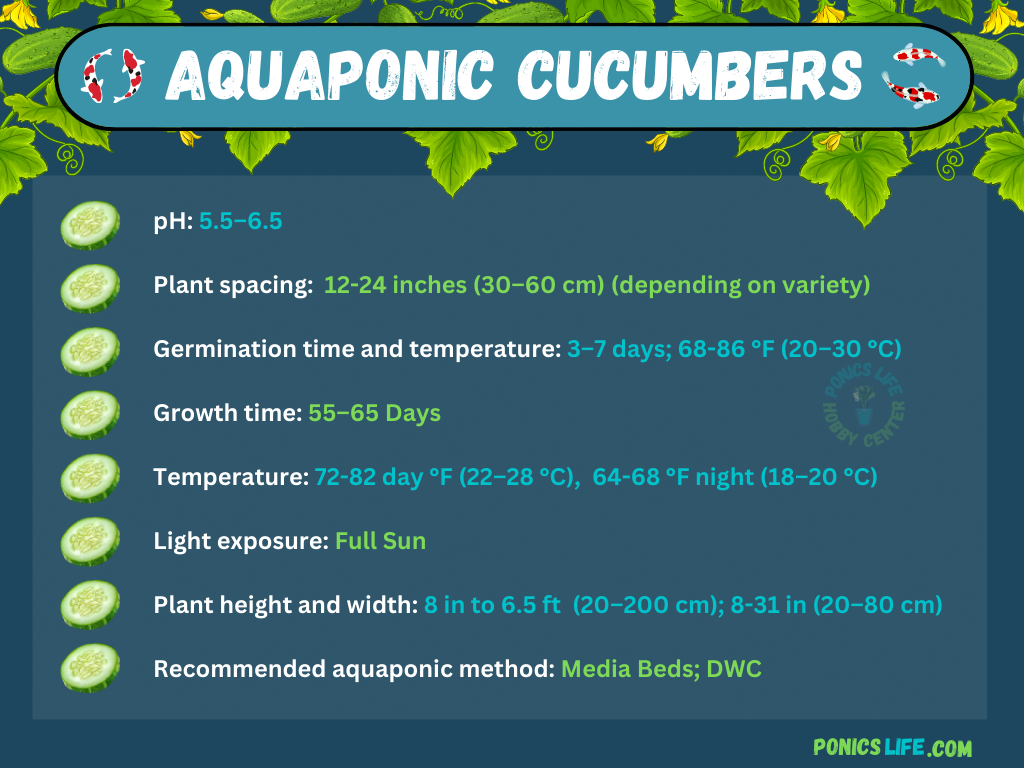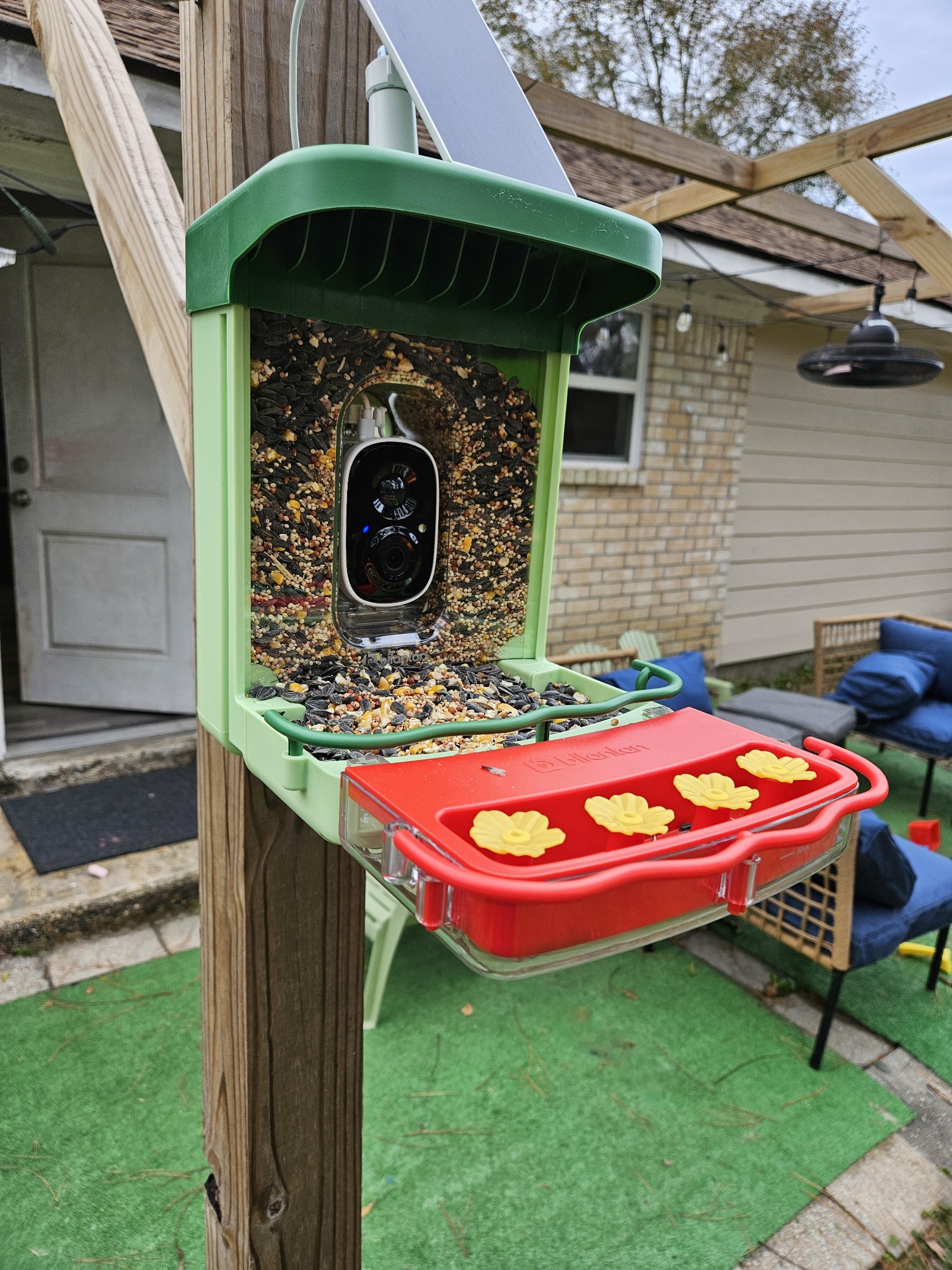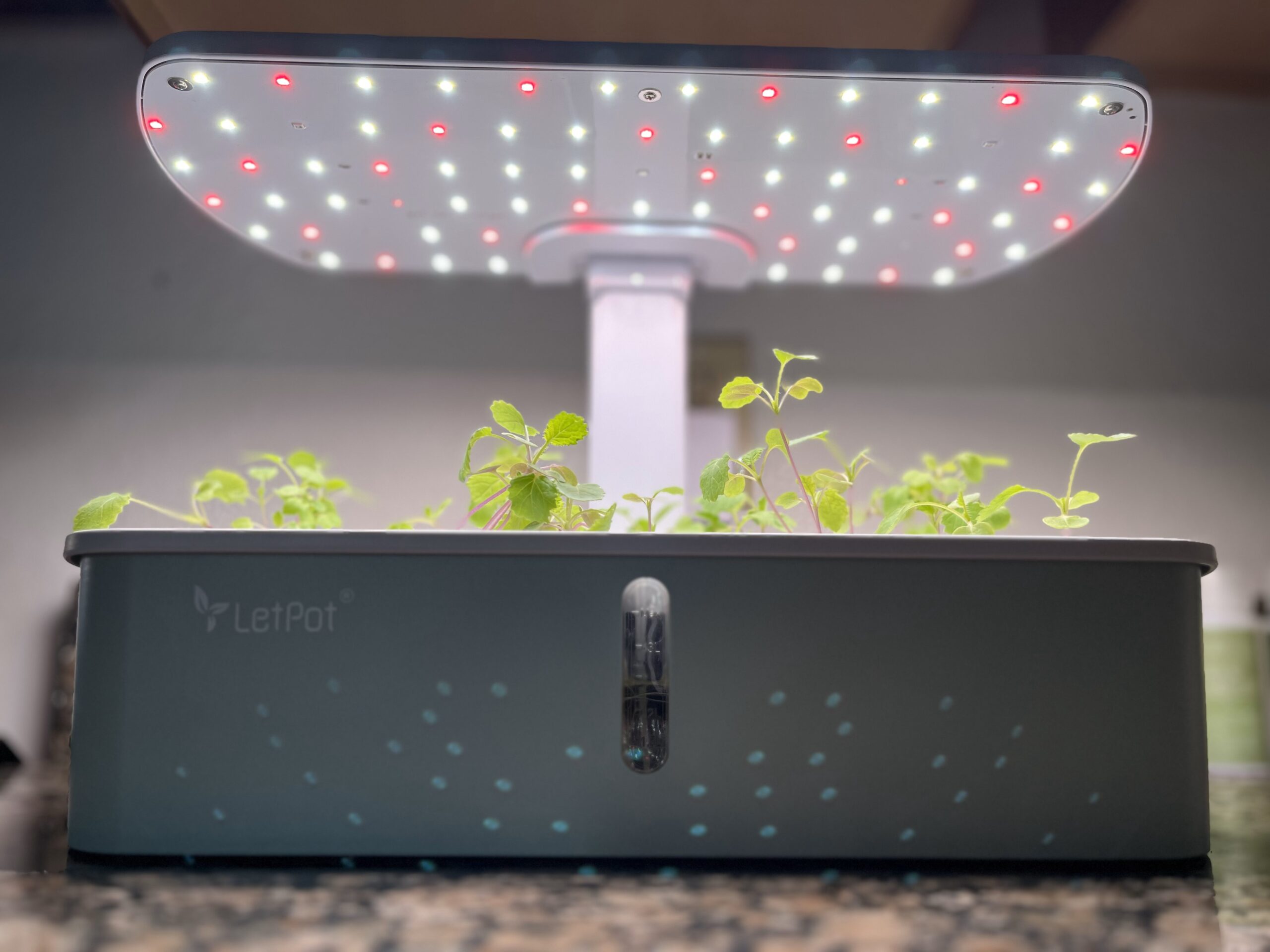Intro to Aquaponic Cucumbers
Aquaponics is a fascinating intersection of two established fields: aquaculture (fish farming) and hydroponics (growing without soil). This ingenious method marries the science of raising aquatic animals with the technique of growing plants in a water-based environment, which offers an innovative solution for sustainable food production.
In the heart of this system, a wide range of plant species can thrive, from leafy greens to root vegetables. But if there’s one plant that stands out in particular for its compatibility with this unique environment – it’s the cucumber. Cucumbers are known for their rapid growth and bountiful yields, making them a prime candidate for aquaponic cultivation.
Not only do cucumbers thrive in an aquaponic system, but they also enhance it. Their robust root systems and heavy nutrient uptake contribute to the overall health of the system, creating a harmonious balance between plant growth and aquatic life.
As we continue to search for environmentally friendly and sustainable methods of food production, aquaponics, and specifically the cultivation of aquaponic cucumbers, offers an exciting and promising avenue to explore. By delving into this subject, we open ourselves to a world of possibilities that marry technology, ecology, and agriculture in a truly symbiotic fashion.
Growing in Aquaponic Units
Aquaponic systems, whether implemented at home or on a commercial scale, provide an excellent environment for growing cucumbers. These systems can range from small indoor setups to expansive outdoor installations. However, regardless of scale, all aquaponic units operate using similar principles and can be generally categorized into three main types: Media-based, Nutrient Film Technique (NFT), and Deep Water Culture (DWC).
Media-Based Systems
The media-based system is perhaps the most common type of aquaponics system, particularly for beginners and hobbyists. It involves the use of a grow medium (like coco coir, expanded clay pebbles or rockwool) in which the plants are anchored. Water from the fish tank, rich in fish waste, is circulated through this medium, providing the plant roots with nutrients. Cucumbers, with their robust root systems, do well in this type of system.
Nutrient Film Technique (NFT)
In the Nutrient Film Technique, plants are grown in small, sloping, plastic troughs. Nutrient-rich water from the fish tank is pumped over the roots, which are not submerged but exposed to the air. While NFT is an efficient space-saving method, it is best suited to plants with smaller root systems, such as lettuce or herbs. Therefore, cucumbers might not be the best choice for this type of system due to their larger root structures.
Deep Water Culture (DWC)
Deep Water Culture systems, also known as raft systems, involve floating plants on top of the water using a buoyant raft, with the roots hanging into the nutrient-rich water below. This type of system works particularly well for cucumbers, which benefit from the ample supply of nutrients and water, promoting quick and healthy growth. However, it’s crucial to ensure proper aeration in DWC systems to prevent root diseases.
Growing Conditions for Aquaponic Cucumbers
When growing cucumbers in an aquaponic system, specific conditions need to be met to ensure healthy growth and a successful harvest. These conditions include aspects like pH level, plant spacing, germination requirements, growth time, optimal temperature, light exposure, and plant size. Each of these factors plays a critical role in the growth cycle of cucumbers.

pH
Cucumbers thrive best in slightly acidic conditions. The perfect pH for cucumber plants is 5.8 – 6.0 but you’ll find success if you stay in the general ballpark of 5.5 and 6.5. Maintaining the correct pH level in your aquaponic system is crucial because it affects the availability of essential nutrients in the water. If the pH falls out of the optimal range, the plants may suffer from nutrient deficiencies or toxicities, even if the nutrients are present in the water.
Plant Spacing
Each cucumber plant needs ample space to grow and flourish. In an aquaponic system, cucumber plants should be spaced approximately 12-24 inches (30-60 cm) apart. Providing each plant with its own space allows for better airflow, reduces competition for nutrients and light, and minimizes the spread of disease.
Germination Time and Temperature
Cucumber seeds germinate best in a warm environment, typically between 68-86 degrees Fahrenheit (20-30 degrees Celsius). Under these conditions, you can expect to see germination within 3-7 days. It’s essential to maintain a consistent temperature within this range and keep the growing medium moist to encourage the best germination results.
Growth Time
From the time of planting, cucumbers usually take between 55 to 65 days to mature, although the exact time can vary depending on the specific variety of cucumber. Timely harvesting is crucial to maintain the productivity of the plant and to prevent fruits from becoming overripe.
Temperature
As warm-season plants, cucumbers prefer temperatures between 64-82 degrees Fahrenheit during their growth period (72 to 82 °F during the day and 64 to 68 °F during the night). Ensuring that the temperature does not fall below this range is crucial as frost or cold temperatures can damage or kill the cucumber plants.
Light Exposure
For optimal growth, cucumbers require full sunlight and should receive at least 6-8 hours of sunlight each day. If you’re growing cucumbers indoors or in a place where natural light is insufficient, supplemental light may be necessary to ensure healthy growth.
Plant Height and Width
Cucumbers, being vine plants, can reach heights up to 6.5 feet and a width of nearly 3 feet if adequately trellised. Providing a sturdy trellis or similar support structure can help manage their growth and promote better fruiting by keeping the fruits off the ground.
Recommended Aquaponic Method
In terms of the best aquaponic method for growing cucumbers, the Media-Based and Deep Water Culture (DWC) methods are most suitable. Both these methods can adequately support the robust root system of cucumber plants and allow for efficient nutrient uptake, which is vital for the healthy growth of cucumbers in an aquaponic system.
Growing Instructions for Aquaponic Cucumbers
Cultivating cucumbers in an aquaponic system involves a series of steps from transplanting to harvesting. It’s also important to provide appropriate plant care, including proper pruning, pollination, and pest management.
Transplanting
Cucumber seedlings are ready for transplanting into the aquaponic system when they are 2-3 weeks old, generally at the 4-5 leaf stage. At this stage, they are robust enough to withstand the transition and begin drawing nutrients from the aquaponic system.
Pruning
As cucumber plants grow very quickly, it’s a good practice to limit their vegetative vigor to divert nutrients to the fruits. This can be done by cutting the apical tips of the plant when the stem reaches about two meters in length. Additionally, removing lateral branches can enhance ventilation around the plant and prevent disease. As the plant continues to grow, further elongation can be encouraged by leaving only the two furthest buds from the main stem.
Harvesting
Frequent harvesting encourages the plants to continue producing. Cucumbers are typically ready to harvest when they reach a marketable size, which is generally over 180 grams for slicing varieties.
Pollination
Cucumber plants require the presence of pollinating insects for good fecundation and fruit set. If you’re growing cucumbers indoors or in an area with few natural pollinators, you may need to hand-pollinate the flowers to ensure a good harvest.
Support and Disease Prevention
Cucumbers, being vining plants, need support for their growth. Providing a trellis or similar structure not only supports the plants but also ensures proper aeration, which is crucial in preventing foliar diseases like powdery mildew and grey mould.
Pest Management
Due to the high incidence of pest occurrences in cucumber plants, it’s essential to have an integrated pest management strategy. This can involve intercropping the cucumber plants with other plants that are less affected by potential pest treatments. Planning and executing such strategies can help maintain a healthy and productive cucumber crop.
Harvesting Cucumbers
Harvesting is the final and most rewarding phase in the lifecycle of cucumber plants. Knowing when and how to harvest can greatly influence the quality and yield of your crop.
When to Harvest
After transplanting cucumber seedlings into the aquaponic system, you can expect them to start producing fruits within 2-3 weeks. Given optimal conditions, you can anticipate multiple harvests from each plant, often 10-15 times throughout the growing season.
How to Harvest
To ensure the continued productivity of your cucumber plants, it’s best to harvest every few days. Regular harvesting prevents the fruits from becoming overly large, which can drain the plants’ resources and decrease overall yield. By promptly removing mature cucumbers, you encourage the growth of subsequent fruits, maintaining a steady and bountiful harvest.
In conclusion, a consistent, regular harvesting schedule is crucial for optimizing the productivity and longevity of your aquaponic cucumber plants. By doing so, you can enjoy a continuous supply of fresh cucumbers throughout the growing season.
Frequently Asked Questions About Aquaponic Cucumbers
1. How many cucumber plants can I grow per square meter in my aquaponics system? You can typically grow about 2-5 cucumber plants per square meter (or 2-4 plants per 10 square feet). The exact number depends on the variety and the type of aquaponics system you are using. Use the spacing information above for best results.
2. What fish species work best in a cucumber aquaponics system? Many species of fish can be successfully used in an aquaponics system. However, common choices include Tilapia and Koi due to their adaptability, growth rate, and waste production.
3. How much light do cucumber plants need? Cucumbers require a minimum of 6 to 8 hours of direct or artificial light daily. It’s crucial to ensure your plants get enough light for optimal growth and fruit production.
4. What is the ideal pH level for growing cucumbers in an aquaponics system? Cucumbers prefer a slightly acidic to neutral pH range. Aim for a pH of 5.5 to 6.5 for the best results.
5. How often should I check the water quality in my aquaponics system? You should test your water quality regularly to maintain the optimal environment for both the fish and the plants. Testing once a week is a good starting point, but some systems may require more frequent monitoring.
6. What should I do if my cucumber plants show signs of nutrient deficiency? Firstly, test your water to confirm it is indeed a nutrient deficiency issue. If confirmed, consider adjusting your fish feeding rates or adding specific nutrients to your system to address the deficiency.
7. When is the best time to harvest my cucumbers? The best time to harvest your cucumbers will depend on the specific variety and desired size. Most cucumbers are harvested when they are bright green, firm, and have reached the desired size.








